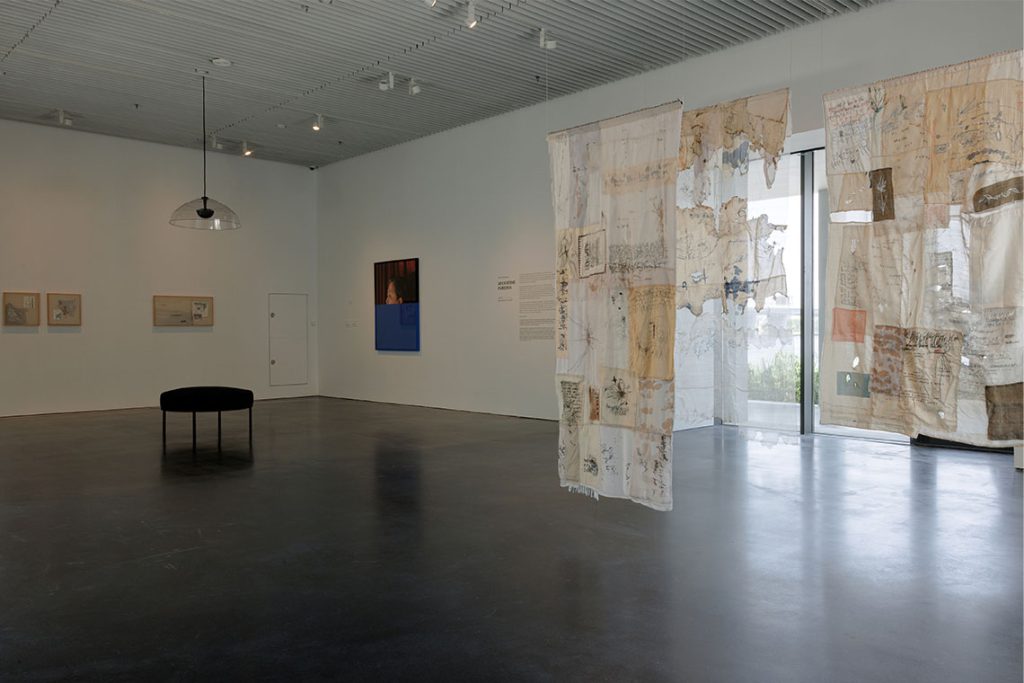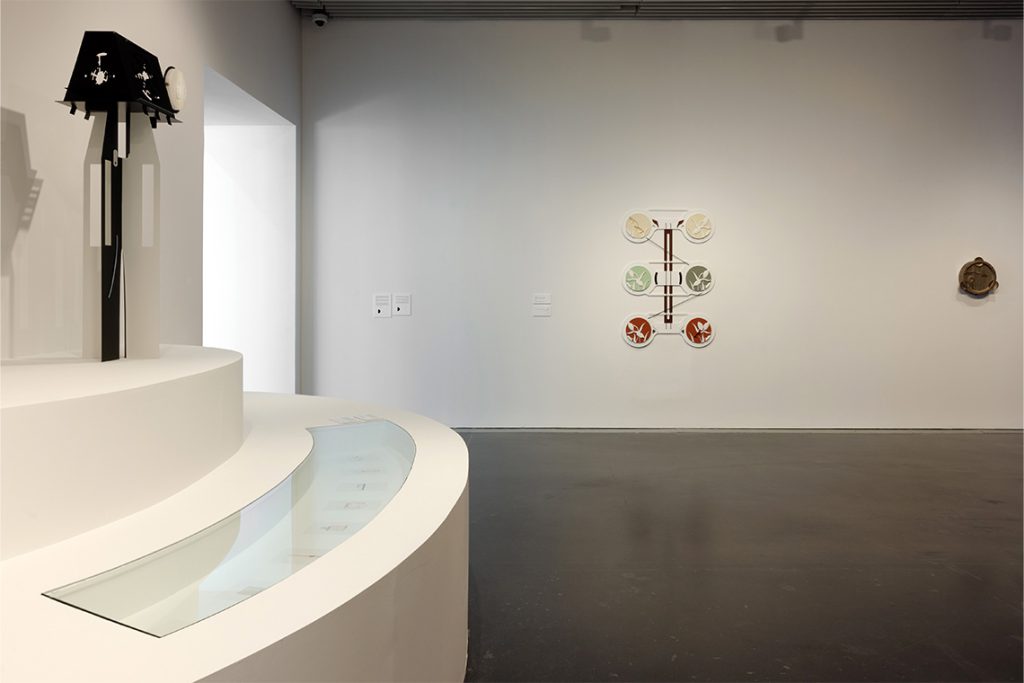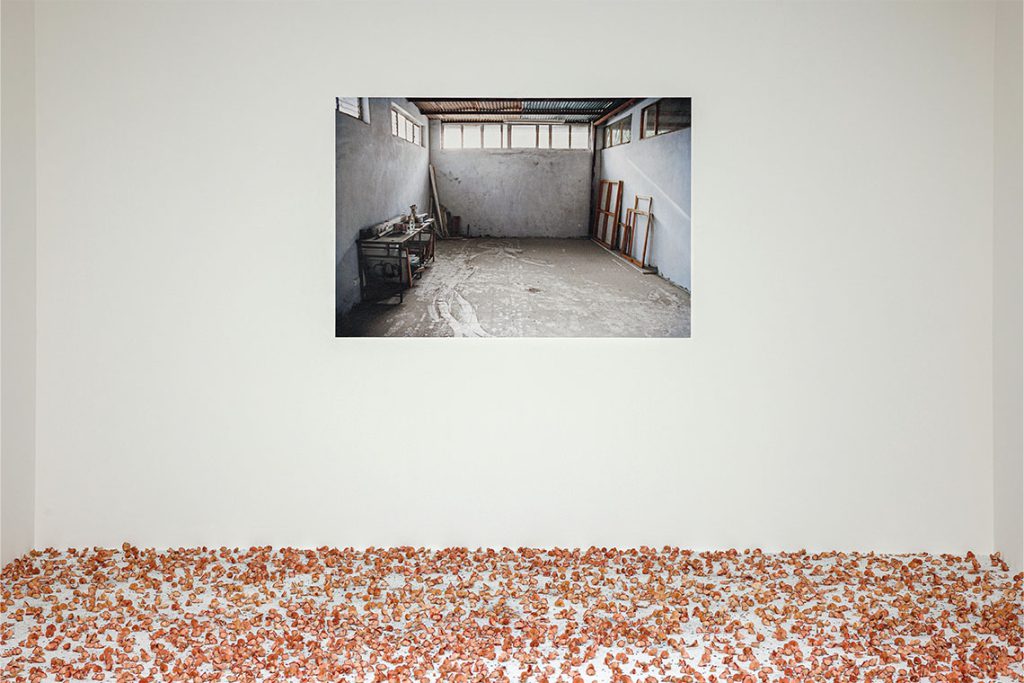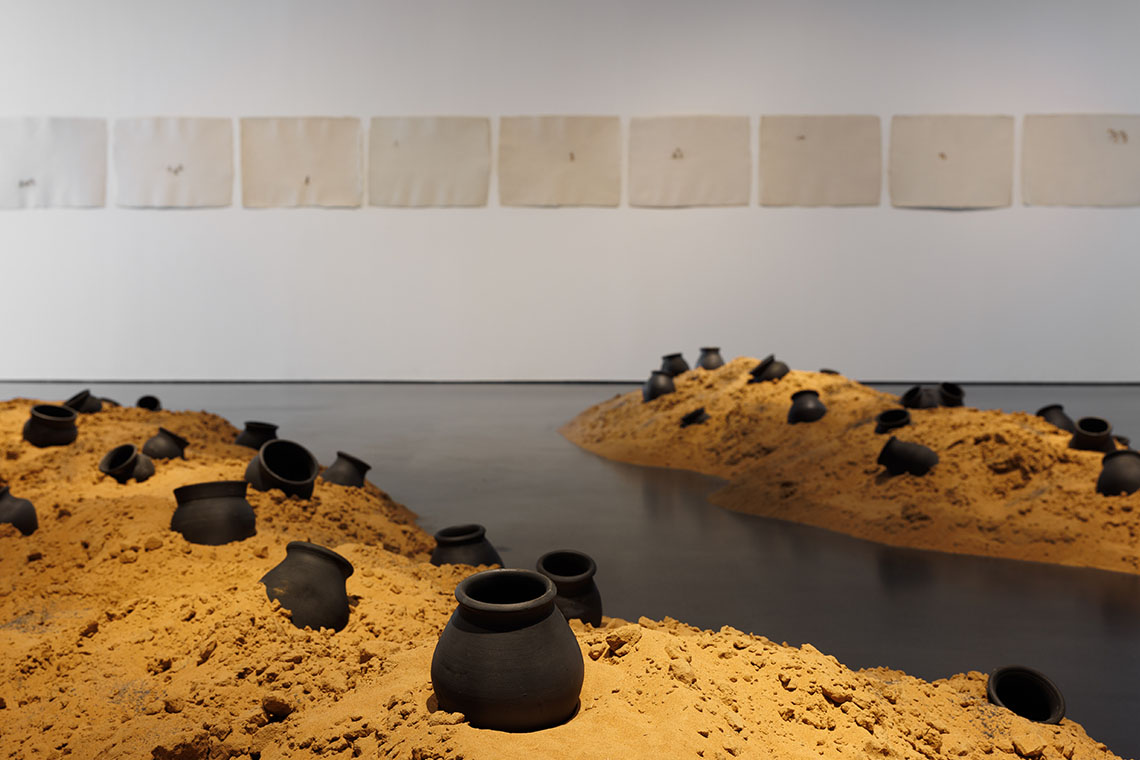Artist’s Rooms at Jameel Arts Centre in Dubai takes the audience on a journey through personal and collective narratives by four different artists.
The Artist’s Rooms series at the Jameel Arts Centre provides a unique and dynamic venue for displaying contemporary artwork through a distinctly collaborative approach between the artists and the institution. Within the rooms, each artist is given the chance to present a solo show, allowing for a thorough examination of their individual techniques and artistic ideals. The series not only showcases the art community’s varied spectrum of ability and originality but also encourages more intimate engagement with each artist’s work.
The ongoing capsule exhibition series was initiated from the opening of Jameel Arts Centre in 2018 and celebrates talents from the Middle East, South Asia and Africa, presenting a vibrant tapestry of creativity. Among the celebrated artists who have participated are Chiharu Shiota, Larissa Sansour, Mounira Al Solh and Lawrence Abu Hamdan, with the latest wave including Sancintya Mohini Simpson, Augustine Paredes, Amba Sayal-Bennett and Taysir Batniji, each bringing their unique vision to the forefront.
As visitors step into Simpson’s room, they are immediately greeted by the soothing symphony of crickets chirping and the gentle echoes of wind chimes, setting a serene tone. The large-scale installation Vessel (iteration #5) (2024) portrays the ground where the artist’s ancestors once toiled, who were sent from India to South Africa to work on colonial sugar cane plantations. This evocative scene features black clay pots nestled in earth, drawing attention to their unusual colour – a stark contrast to the typical reddish earthy hues. This choice of black prompts a deeper enquiry: why deviate from the conventional? Simpson explains that the black hues evoke the kālā pani, the ancestral “black waters” that speak of ocean journeys. In their depths and richness, these dark tones cast shadows of the sugar industry’s enduring legacy and the hidden residues of its complex past.

Nearby, a series of miniature paintings entitled Jahajin (2021) unfolds, narrating the harsh realities of Indian women taken as indentured labourers and the persistent legacies of such exploitation. Starkly hung on a white wall, Ṭāpū (2022) illustrates the harsh conditions endured by Indian labourers during their journeys from their homeland to other countries. The placement of the work provides a space to stop and reflect on the horrific conditions they were subjected to. Each painting offers a poignant reflection, weaving together the ongoing trauma and historical narratives that shape Simpson’s powerful installation.
Continuing the journey, Paredes’s artist’s room is a tapestry of personal histories and intimate reflections, revealing the intricate relationship between identity, family, and migration. His work intricately navigates the complexities of his migrant experience, exploring the intersections of time, place and identity while confronting the enduring impact of colonialism. The artistic exploration of his heritage is both methodical and intuitive. His use of traditional Filipino weaving techniques such as inabel from Ilocos Norte and callado, a Spanish-influenced colonial craft, imbues the work Lamentations (2024), with historical depth. This context is further mirrored in his practice of burning textiles. By applying acetone and setting them alight, he allows the fire to shape the fabrics in an unpredictable yet intentional manner, effecting a dynamic transformation. Paredes’ exploration of textiles emerged from his fascination with various mediums, including painting and embroidery. In Lamentations, three grand yet ethereal textiles intertwine, each crafted from a diverse array of fabrics sourced from Southeast Asia. These flowing pieces, light as air, accompany the artist on a journey, bearing the cultural imprints of their homeland and the stories of their travels.

Mother (2022), is a portrait of Marife, the artist’s mother, an important figure who embodies his sense of home and identity. This central piece acts as a gravitational force, drawing viewers into a contemplative space where connection and belonging converge.
Sayal-Bennett’s room is a dialogue with time, a conversation that unfurls through layers of abstraction and technology. Suffused with the quiet hum of projections and the subtle weight of sculptural installations, the space is a testament to Sayal-Bennett’s unique engagement with socio-political narratives and architectural histories. The works in the rooms span eight years of the artist’s oeuvre, analysing how colonial practices often decontextualise and appropriate cultural elements. Additionally, Sayal-Bennett explores modernism’s dismissal of ornamentalism and her fascination with sci-fi aesthetics, which often is criticised for its colonial implications.
The absence of figurative representation might be seen as a deliberate choice, yet the presence of the human body is palpable. This is achieved, not just by the physical interaction with materials, but also through the active role these materials play in the narrative. Sculptural elements, carefully arranged, seem almost alive, their textures and forms suggesting a dialogue between the technological and the tactile. These materials are not passive; they assert their agency, creating an environment where the viewer feels as though they are in a constant exchange with the artworks. Sayal-Bennett’s exploration of abstraction is not a retreat from the real but a deep dive into its complexities. Here, the familiar becomes strange, and the speculative becomes a critical lens through which to examine our relationships with history and technology.

Ending the journey with striking white walls, the confines of Batniji’s Artist’s Room, Hannounn (ended on 18 August), transports the visitor to an echo of a world that is both intimately personal and universally poignant. The site-specific installation mirrors the dimensions of Batniji’s once-accessible studio in Gaza – a space now lost to the ravages of time and conflict. Stepping into the room, the visitor is greeted by a sea of red pencil shavings scattered across the floor. These shavings, reminiscent of a field of poppies, are more than mere refuse from a childhood pastime. The floor, scattered with these crimson fragments, creates a powerful visual dialogue – a tapestry woven from threads of loss and resilience. The installation prompts its audience to reflect on memory and loss, yet it simultaneously imposes an impenetrable boundary, mirroring the artist’s experiences of displacement and isolation. In this room of fragmented memories and national symbols, Batniji’s installation becomes a poignant testament to the interplay of personal and collective histories, the visible and the invisible, the remembered and the lost.
By experiencing the rooms of Jameel Arts Centre’s Rooms, visitors embark on a profound journey through personal and collective narratives. Each space offers a distinctive lens into their creative process, revealing intricate dialogues between history identity and artistic expression, From Sancintya’s evocative portrayal of ancestral lands and the grim realities of colonial exploitation to Paredes’s exploration of migration and heritage through transformative textiles, the exhibition encapsulates an admirable depth and diversity. Amba Sayal-Bennett’s abstract engagements with time and technology challenge perceptions, while Taysir Batniji’s intimate installation of memory and loss confronts the poignant realities of displacement.
Artist’s Rooms: Sancintya Mohini Simpson, Augustine Paredes, Amba Sayal-Bennett run until 24 November 2024



